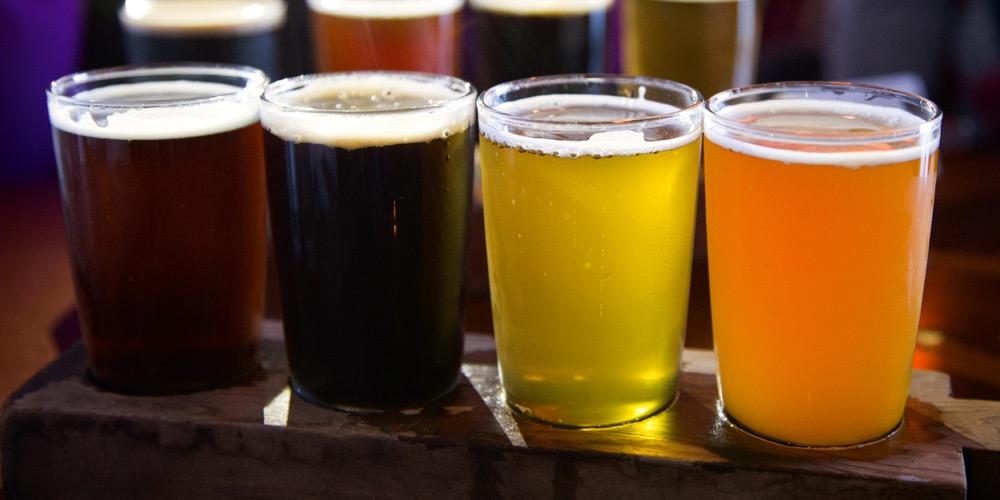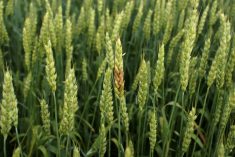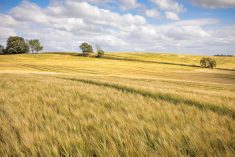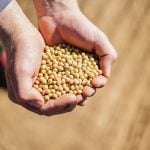Beer isn’t just the domain of barley, Manitoba Oat Growers heard at their AGM on February 15.
Christopher Marsh, a brewer with Lake of the Woods Brewing Company, talked to farmers about how he uses oats in the craft beer he brews.
Lake of the Woods Brewing Company has breweries in Kenora, Winnipeg and Warroad, Minnesota.
Read Also

Nanotechnology used to develop genetic pest control
Researchers from Agriculture and Agri-Food Canada are working with nanotechnology and RNA to develop new pest insect control methods as an alternative to chemical spray on crops.
As farmers sampled a blonde oat beer, Marsh filled them in on the science behind brewing with oats.
Malt — generally barley malt — is a key beer ingredient. Malt provides enzymes, Marsh explained. The enzymes break down starch into fermentable sugar for the yeast to “eat,” and into unfermentable sugars that add sweetness and a fuller mouthfeel.
Oats don’t contain the enzymes needed to break down starch into sugar, so they must be mixed with regular base malt. Beer can only contain 20 per cent oats.
What oats do have are beta-glucans. These add sweetness, a silky mouthfeel and haze to beer.
They also make life difficult for the brewers, Marsh said. When oats are added to beer, they gum up “like a ball of gloopy porridge,” he said. This slows down the beer filtration process by two or three hours.

Because of the full-bodied feel and haze the oats can add, they’re often ingredients in dark beers and IPAs, Marsh said — for instance, Lake of the Woods’ double-chocolate porter.
Exotic as chocolate beer may sound, oat beers aren’t just the domain of craft brewers. In fact, oats have been used in beer for hundreds of years.
Oats were a key ingredient in ales across Europe in the Middle Ages, says an article from Cambridge University’s Historical Journal. Beer was a crucial part of diets in sixteenth-century Ireland It contained “heavy quantities” of oats as well as barley.
In the 1500s, a doctor named Tobias Venner said beer made of half oats and half barley was better than beer made only from barley.
“Being more effective at quenching thirst and balancing the humors while also being more ‘lively’ in taste,” the Cambridge article said.
Today, many Irish beers continue to use oats in their recipes, Marsh said.
















